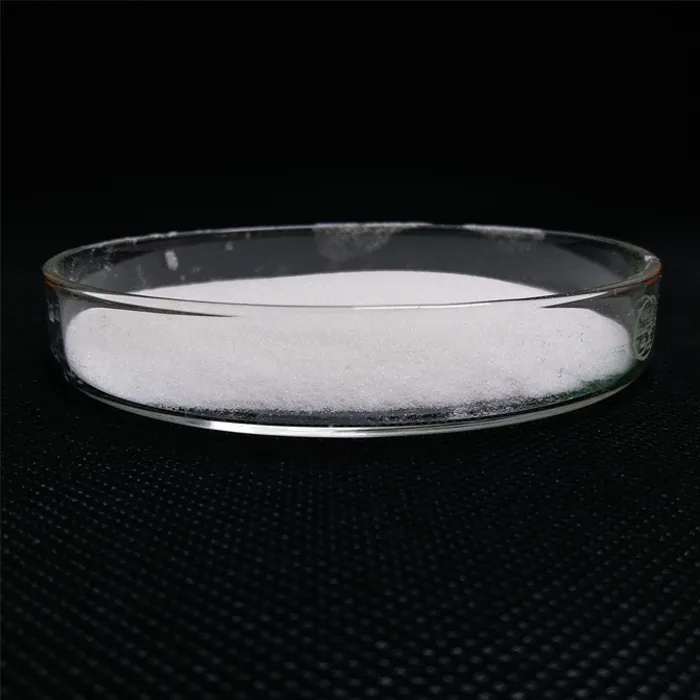Chemical Treatment of Drinking Water Ensuring Safe and Potable Supplies
Access to clean drinking water is fundamental for public health and well-being. As populations grow and urbanization increases, the demand for safe water sources has never been more pressing. Chemical treatment of drinking water plays a crucial role in ensuring that water meets the safety standards required for human consumption. This process involves the application of various chemicals to eliminate impurities, pathogens, and harmful substances, thereby producing water that is safe to drink.
One of the primary methods of chemical treatment is chlorination, where chlorine is added to water to disinfect it. Chlorine is highly effective in killing bacteria, viruses, and other pathogens that can cause waterborne diseases. This method has been widely adopted since the early 20th century and remains a cornerstone of water treatment protocols worldwide. However, while chlorine effectively eliminates microorganisms, it can also react with organic matter in the water to form disinfection by-products (DBPs) that may pose health risks. Therefore, water treatment facilities must monitor and balance chlorine levels to ensure safety without compromising water quality.
Another common chemical used in water treatment is aluminum sulfate, known as alum. Alum acts as a coagulant, helping to remove suspended particles and turbidity from water. When added, alum forms a gel-like substance that traps impurities and facilitates their removal during sedimentation. This process is essential in preparing the water for further treatment steps, including filtration. Additionally, the use of polymeric coagulants has gained popularity, offering better efficiency and lower residual effects.
chemical treatment of drinking water

Fluoride is often added to drinking water to help prevent dental cavities, a practice widely endorsed by health organizations. However, the appropriate levels of fluoride must be carefully monitored to avoid dental fluorosis, a condition caused by excessive fluoride exposure during childhood. This highlights the need for a balanced approach in chemical treatment, where the benefits of certain additives are weighed against potential risks.
Furthermore, the treatment of water may include the addition of corrosion inhibitors, which help protect plumbing systems from deterioration, thereby ensuring that the water remains uncontaminated as it travels through pipes
.In conclusion, chemical treatment of drinking water is an essential practice that ensures public safety and health. Through the careful application of various chemicals, facilities can remove harmful pathogens and impurities while enhancing the overall quality of water. Continuous advancements in water treatment technologies and protocols aim to meet the challenges of modern water pollution, ensuring that communities have reliable access to safe drinking water. As we look to the future, ongoing research and improvements in chemical treatment methods will be vital in sustaining this crucial resource for generations to come.

